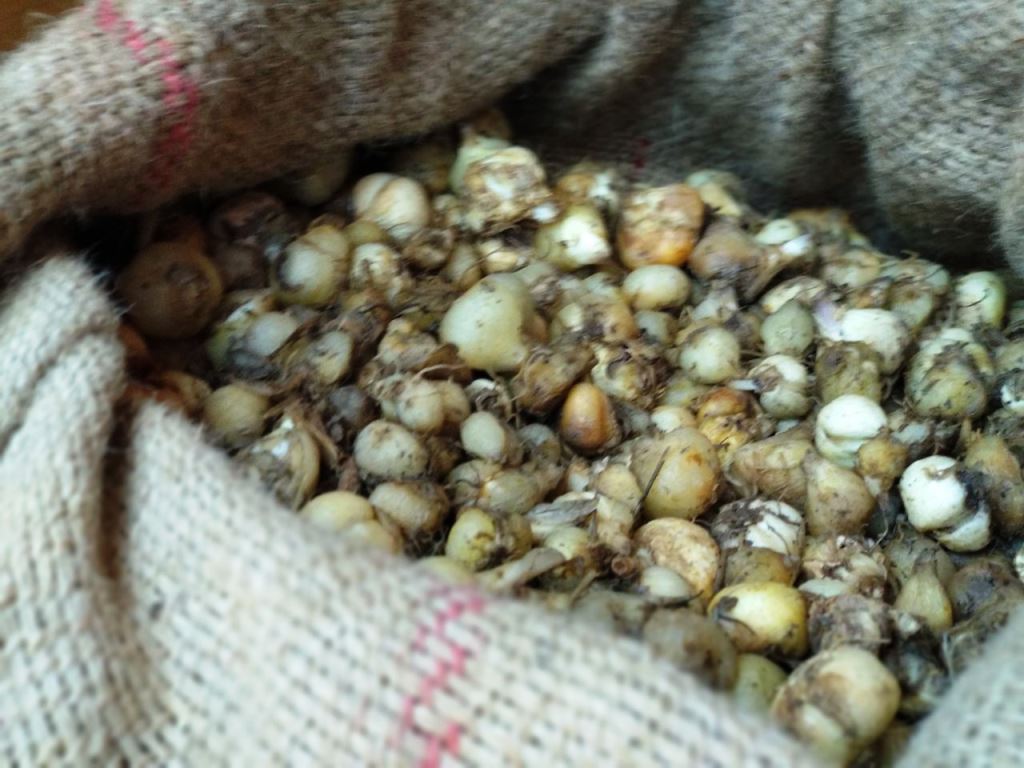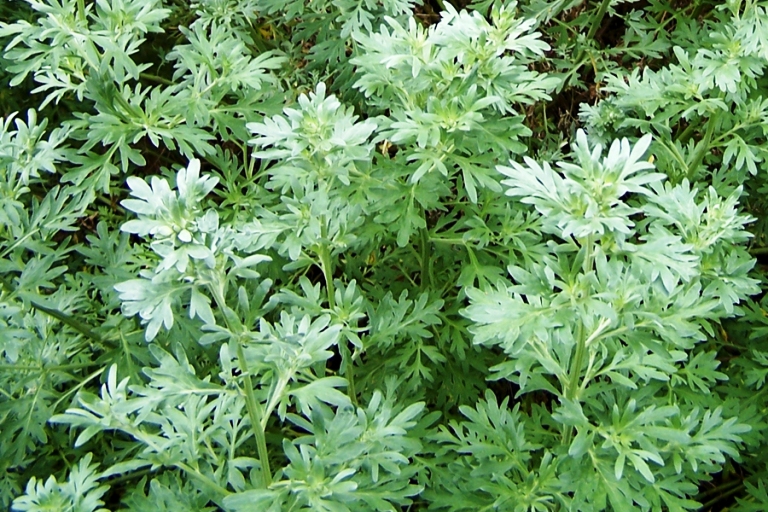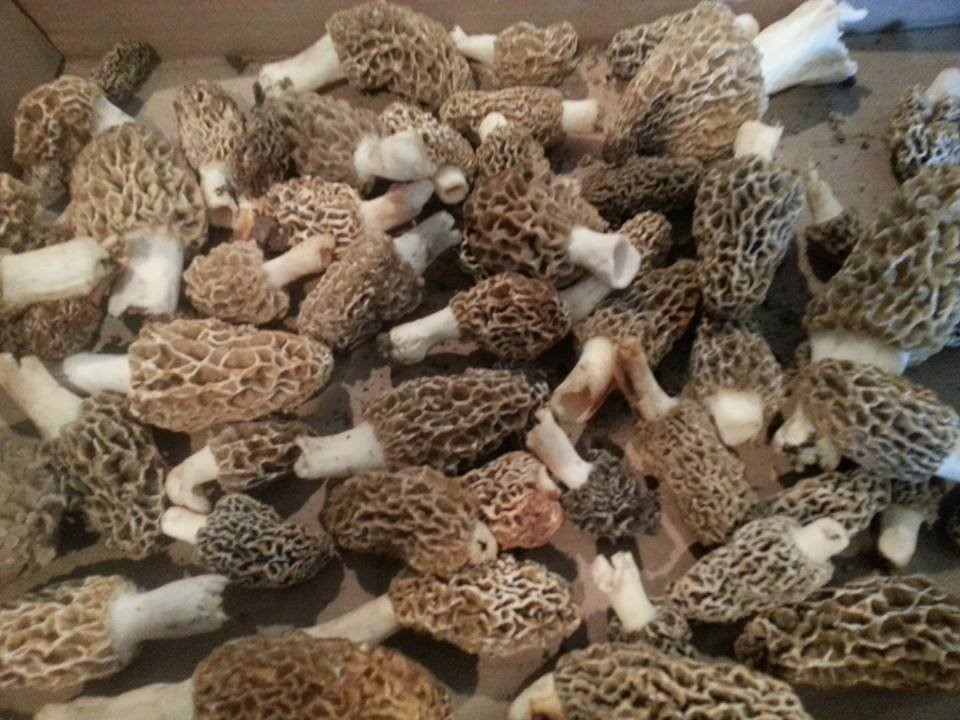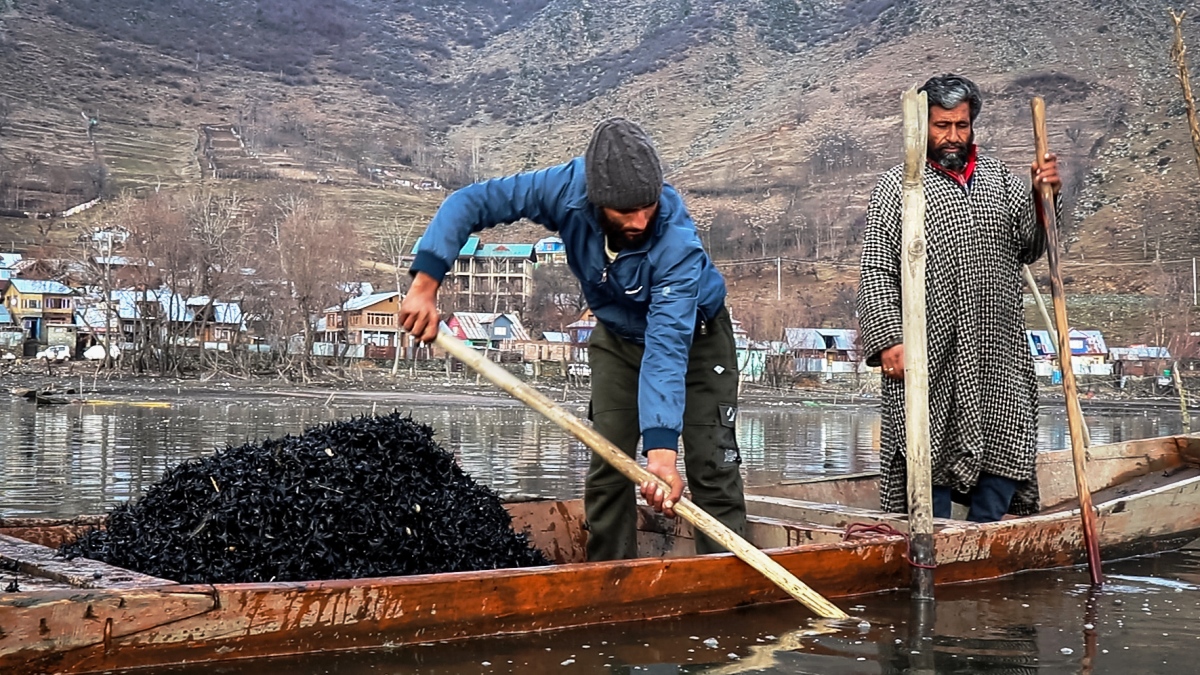Not a very long ago in Kashmir, most of the diseases were being treated by flood supplements in which fruits, herbs and vegetables were playing a major role, writes A N Raina

There are reasons to believe that herbs for use as medicine were known as revealed in some ancient Sanskrit texts. The cure of diseases and the influence of climatic factors on life appear to have been transpiring that food habits changed according to seasons. It justifies the view that divine visitation was not to be borne by God’s will.
The disease was due to causes that could be effectively remedied, besides medicine, even by a change in environment. With the change in season articles of diet also changed to suit weather conditions. Not only in urban areas but in the remote countryside, too, the change in habits of diet was common. A study of cause and effect went so far that experiments in the efficacy of plants, herbs, cereals and fruits were seriously taken up in the past. WR Lawrence observes, “the Kashmiris turn nearly every plant and tree to some use and attribute medicinal properties to everything.”’
The indigenous system of medicine is still followed extensively, the old exercise their wisdom and experience in the treatment of disease.
The leaves of a plant known as Zonia is mixed with butter for strengthening the hair. Head lice are destroyed by the use of washes made from Euphorbia. Thosonian (Hirbi), Aconitum Sp. (Manirahdig) are also used for this purpose. Corydalis falconeri (At nil) is used to induce curliness of hair. Hot water with a little salt continues to be a home remedy for all abdominal ailments. The use of medicinal plants is believed to be common and effective, to the chagrin of bourgeois standards of treatment advocating patent drugs.
The Gujjars and Bakarwals move in the fresh air at higher elevations with their flocks of sheep and goats feeding on goat’s milk and butter. Meat cooked mostly in fat mixed with onions forms a rich protein diet imparting vigour and longevity. Iodine deficiency goitre, deformity of bones, tuberculosis and cancer are common. Skinny and bony hands is a common sight at the Alpine meadows (marags) in the Panjal mountains at Shopyan, Arihal, Udhampur and Rajauri.

Diseases vary with altitude and their causation could be mapped to prepare research tools. Such maps could show prominently some of the urban and rural diseases responsible for mortality.
The unani system of medicine retained its popularity until recently and is even now popular in rural areas. Aruqs, distilled water collected from evaporation after boiling medicinal herbs is prescribed even now for certain diseases. The research for the elixir to prolong life and retard ageing, known in Sanskrit as Rasayana, infected the Arabs travelling through India. They continued the process of chemical research and the great Arab alchemist, Ibn Hayyan was familiar with the Hindu Rasayana. The translations of the Sanskrit texts in the famous Arab Encyclopaedia, Kitab-UI-Fehrists was a contribution of the Arabs.
The Unani system suited people as it was not only cheap but also paid due regard to the temperament of the patient. It is to be admitted that the Unani treatment is not mechanical as it depends on exercising the imagination in prescribing medicine and above all the treatment is dietic, which imparts discipline to the patients. One now realises the value of the Unani way of building up health by taking goat’s raw milk, dates and raisins. In those days, too, there was good natural nourishment of vitamins, iodine, sulphur and potassium. Ripe fruit and a variety of vegetables was available in abundance.
In Kashmir cholera caused havoc in the early years of the present century. In winter deficiency of food and poor clothing resulted in ailments in the valley of Kashmir but not at high altitudes where complaints of liver and several ailments are more common with a marked deficiency in vitamin D.
The use of dried vegetables like the brinjal, turnips, radish, knol-khol, dried and seasoned fish, pulses and beans was common in the winter months. Spices like ginger, pepper and turmeric cooked in sesamum oil impart taste to the dish. Rice, maize and buck-wheat form the staple food accordingly as the altitude rises. The maize-eating population suffers mostly from pellagra and polished rice creates a deficiency of vitamin B resulting in beriberi.

A Balanced Diet
If the human body is to sustain itself in this age of breakneck speed and nervous tension it has to be provided with a properly balanced diet. The problem of food and health is, therefore, a related one and should be subjected to a thorough research study.
In recent years, it is true; that some foods have been discarded, maybe to the detriment of general health. At certain altitudes and in some areas weather conditions may demand more of carbohydrates and less of protein and vice versa. Such medico-geographic studies could draw up the need for a balanced diet in various types of physico-climatic environments.
The present-day diet may suit health only if the intake of iron is assured through apricots as in the Jammu province and spinach, green turnips and whole wheat bread as in the Kashmir valley. In Ladakh dry fruits from Gilgit normally make up for the iron deficiency.
Even though needed in minute quantities, vitamins are essential. Such items are normally provided by butter, tomatoes, potato, spinach, turnip, carrots and eggs. All these are available in Kashmir and Jammu provinces. Vitamin B is contained in yeast, rice bran, liver and eggs. Hand-milled rice has plenty of thiamine; as such its deficiency is no problem in rural areas of Kashmir where machine-husked rice is not in common use yet. In the province of Jammu, wheat bread is made with yeast which increases its content of protein and vitamins.
Leafy vegetables are taken by all in one form or the other as a staple item of diet.
In the Outer Plain, Outer Hills and Middle Himalayas sprouted green gram (Mung) is a very good source of vitamin C and is commonly used in the countryside. Amla, oranges, lemons and guavas are also rich in this particular vitamin.
Liver, liver oil, eggs, milk and clarified butter (ghee) make up for the deficiency of vitamin D. For children who have any deformity of the bones as a result of this deficiency, exposure of the body to sunshine, is the cheapest way of cure. In severe winter when movement is not possible children remain indoors when sufficiently liver oils, eggs and clarified butter (ghee) is necessary. Not so in the province of Jammu where there is sufficient sunshine and dryness.

Proteins pose a problem of their own. The severity of winter and a frosty covering of the soil necessitated the use of meat, fish and eggs in Kashmir. From early times meat and fish entered the Tantric rituals with yeasts of many kinds – all proteins. The use of spices helps in imparting taste and flavour to food. Fish, being perishable, is sold at a cheaper rate than meat. These two provide the main protein food to the people of Kashmir where the lakes (Wular, Dal and Anchar) together with the river Jhelum and its tributaries provide a rich source of cheap fish. In recent years, to make up for protein deficiency, fish- flour has been introduced into the diet of 300 million people in the USA.
According to ex-Vice President, Hubert Humphrey fish flour is ‘‘the greatest boon to mankind to help to give him a sound mind, since, I guess, the beginning of times.”
Natural sugars require very little effort in digestion. These are quickly absorbed by the system and are necessary for health. Milk and fruits contain natural sugar but dates are also a good source.
Dates are taken in the Outer Hills and the Middle Himalayas but not as much in the valley of Kashmir. Dates known as “sunlight in storage” form an important part of the diet in the Inner Himalayas and the Outer Plain.
A balanced diet is essential for the promotion of health and prevention of diseases that rob people of the joy of life. Statistical information should, therefore, be collected to show where and how in the different territories of Jammu, Kashmir, Ladakh and Gilgit people die young. The causes for this should be studied and represented cartographically, and the evidence acted upon to identify the varied requirements of diet in different districts.
Salt tea with milk is still used early in the morning in rural Kashmir. For many abdominal ailments particularly stomach ulcers, this kind of tea is of benefit. According to some medical experts, this salt tea is the secret to good health in rural Kashmir. The lunch consists of cooked rice, meat and vegetables cooked with mustard oil and spices. Maize and wheat form the staple diet on the Karewas forming about one-half of the area of the valley. On these lacustrine highlands rising even up to 400m above of the valley (1828 m above sea) beans and turnips also enter the diet. Walnuts provide sodium, sulphur, potassium and iodine besides fats.
Medical geography could prepare climographs to determine ‘comfort’ in human reaction to climate as explained by the late Professor Griffith Taylor. Considering variations in environment and operation of microclimates, a study of climate and economic development in the valley of Kashmir is useful even if the criterion for the healthiest place would be where people live the longest.

An area of more than one hundred square miles is termed the water bodies of the valley of Kashmir. It consists of the Wular lake, Dal lake, Anchar lake, Mansbal lake and other river streams and canals. Population over these water bodies is concentrated towards the river and shores of the lakes where they live mainly in boats. The standard of health of this floating population varies in a degree from others as their habitat and diet differ from those who live on land.
From the lakes, the people obtain water nuts (Singhara) and lotus roots (Nadru) for their use.
To those who are interested in the Medical Geography of the State of Jammu and Kashmir, it may be pointed out that there is no problem of rural slums in the valley of Kashmir. For winter warmth a single room ‘Fug’ may still be in use in some parts of the valley at high elevations but not in towns where facilities of construction have raised the standard of housing and ventilation.
Medical geography could do some service in preparing maps, charts, and diagrams showing variation in temperature, humidity, sunshine and pressure in these mostly mountainous territories of the State of Jammu and Kashmir where microclimates operate as the altitudinal rise is so sudden on all sides. In the elevated region of the State the atmospheric pressure, and consequently the relative pressure of oxygen, is very low. This results in a number of geo-medical problems including high altitude sickness.
(These passages were excerpted from Geography Of Jammu And Kashmir by AN Raina that National Book Trust published in 1977)















